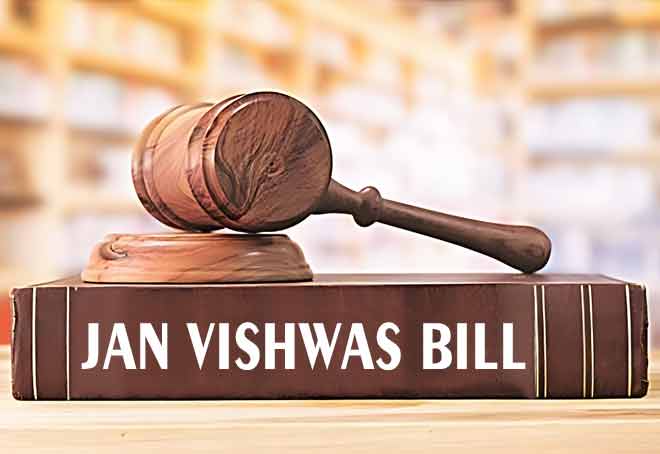Chittagong Armoury Raid
95 Years of Chittagong Armoury Raid
The Chittagong Armoury Raid, also known as the Chittagong Uprising, was a daring armed insurrection against British colonial rule carried out on 18 April 1930 in Chittagong (now in Bangladesh). The operation was meticulously planned and executed by a group of Indian revolutionaries belonging to the Indian Republican Army, with the primary aim of seizing arms and ammunition from the British-controlled police and auxiliary forces’ armouries, disrupting communications, and inspiring a broader national uprising for Indian independence.
Main Leaders:
The principal leader of the Chittagong Armoury Raid was Surya Sen, popularly known as ‘Masterda’, a schoolteacher and a committed revolutionary. He was supported by several prominent associates, including:
- Ganesh Ghosh
- Lokenath Bal
- Ambika Chakrabarty
- Harigopal Bal (Tegra)
- Ananta Singh
- Anand Prasad Gupta
- Pritilata Waddedar
- Kalpana Dutta
Objectives and Execution:
The main objectives of the raid were:
- To capture the British armouries and seize arms and ammunition
- To destroy telegraph and railway lines, thereby disrupting British communication and reinforcements
- To proclaim a provisional revolutionary government in Chittagong and inspire a mass uprising
On the night of the raid, the revolutionaries managed to seize the police and auxiliary forces’ armouries but failed to locate the ammunition, which was stored separately. They succeeded in cutting communication lines and attacking the European Club, a symbol of British social dominance. However, the inability to secure ammunition limited their ability to sustain an armed rebellion.
Impact:
- Shift to Armed Resistance: The raid marked a significant departure from the predominantly non-violent approach of the Indian National Congress, highlighting growing disillusionment among youth with peaceful protest methods.
- Inspiration for Future Revolutionaries: Although not fully successful in its immediate goals, the raid inspired a new generation of revolutionaries and galvanised youth across India to join the struggle for independence.
- Symbolic Value: The event demonstrated the commitment and bravery of Indian revolutionaries, becoming a symbol of resistance and sacrifice in the broader freedom movement.
British Suppression:
- Massive Crackdown: Authorities launched an extensive manhunt, leading to numerous arrests, trials, and executions. Many revolutionaries were either killed in subsequent encounters (notably in the Jalalabad hills) or captured and imprisoned.
- Execution of Leaders: Surya Sen, after evading capture for several years, was eventually arrested and hanged in January 1934, dealing a fatal blow to the revolutionary group.
- Stricter Control Measures: The British intensified surveillance and repression in Bengal, aiming to dismantle revolutionary networks and prevent similar uprisings


